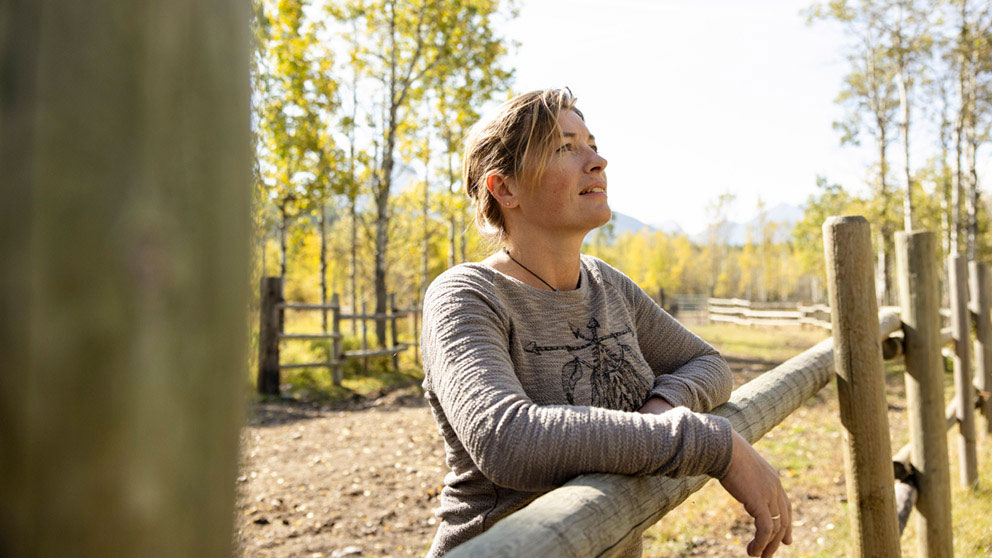Making the move from farm manager to CEO

The business card says, “farm CEO,” which means the farmer oversees everything. But when it comes down to job duties, CEO is defined in two ways: vision and leadership.
One agri-food CEO says producers who transition from farm manager to CEO need a vision that shows the entire value chain what they care about, along with the leadership to turn the vision from words to action.
Court Desautels became CEO of the Ontario-based Neighbourhood Group of Companies in 2016. The group, started by his father, comprises of five local-food restaurants and 150 employees.
Like sons and daughters of farmers working their way up the ownership chain, the younger Desautels started on the ground floor, as a dishwasher at the group’s first restaurant. Throughout the years, he held more than a half-dozen positions in the company, including general manager and director of operations before becoming CEO.
Manager versus CEO
Desautels says the biggest difference between manager and CEO is the leadership expectation.
“Managers give direction,” Desautels says, “but CEOs decide direction. They create company culture and lead the way.”
Neighbourhood Group of Companies’ vision and culture go beyond what customers see on their plate, based on principles – environmental sustainability, community support and, perhaps most important, attention to staff.
Employees’ value
Desautels believes leadership approaches that emphasize employees’ value to the operation are the biggest task facing a manager transitioning to CEO.
He says there’s often a disconnect between CEOs and staff, since many CEOs don’t connect profitability to staff retention, satisfaction and commitment to the operation. Staffing may instead be viewed as a management duty rather than a leadership initiative.
Be an inspiration
Winnipeg-based farm management consultant Terry Betker says farm workers will rally around inspirational leaders.
"They provide the labour because they’ve embraced the vision and plan as presented by the leader," Betker says. "Employees working with a leader as a CEO, versus a manager, will generally be more committed, more productive, pay more attention to detail and help the farm be more profitable. They're easier to retain."
This buy-in also means better performance. That can show itself in less downtime.
"All this improves the farm’s financial performance," he says. "That increases shareholder value, one of the responsibilities of the CEO."
Happy is management
There's the possibility that not all managers want to be full-time CEOs. Betker says such cases may result from multiple partners being involved in the farm.
In such cases, he suggests considering rotating CEOs, with each partner assuming the role for a couple of years, then trading off.
"Often, people will decide they don’t want to take on the position as it will require, depending on the description, some change in what they do on a day-to-day basis," Betker says. "There will be less time in the field.”
Bottom line
Moving from farm manager to farm CEO means a switch from giving direction to staff to deciding the direction of the company by sharing vision and leadership. Those who have made the shift recommend CEOs recognize the importance of staff, since committed employees tend to be more productive and will generally work to make the farm more profitable.
Article by: Owen Roberts

The roles for women on the farm are endless and often it’s a struggle to find balance. Hear from these women in ag how they maintain wellness and put their needs on the to-do list.
